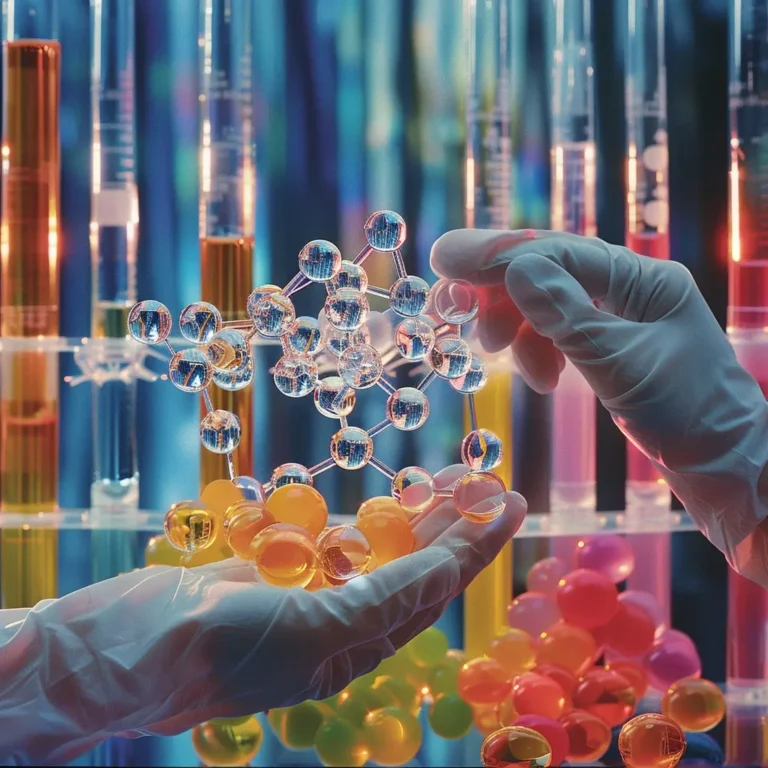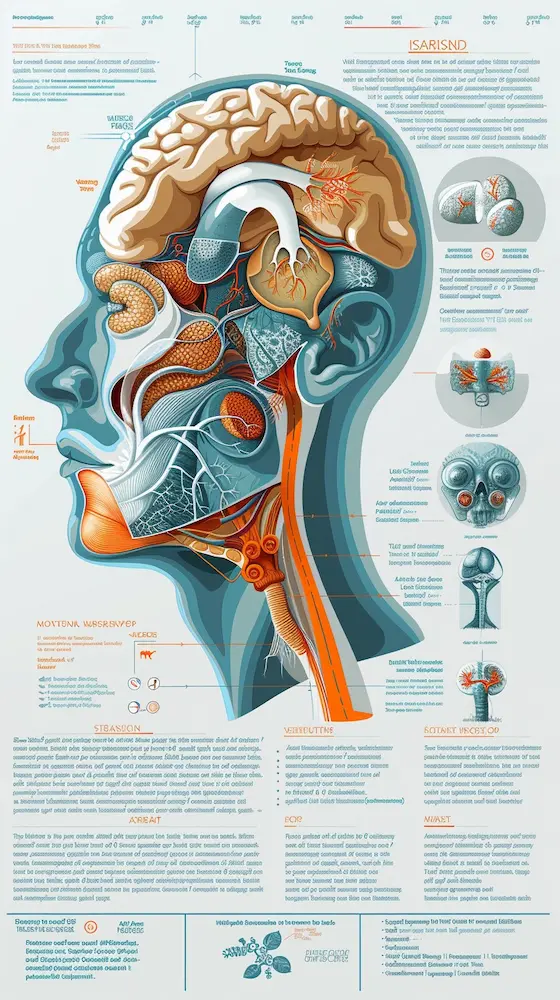Dive into the fascinating world of science with this extensive biology quiz. Whether you’re a student, a science enthusiast, or just curious about the natural world, these questions will challenge your understanding and test your knowledge across various biology topics.
See also our Trivia game generator or Fun Facts game for even more fun!
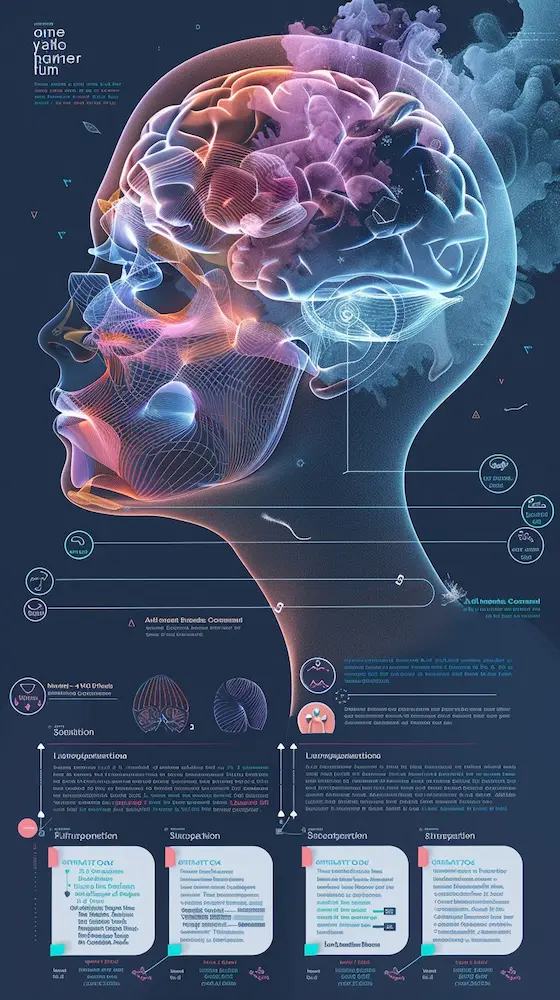
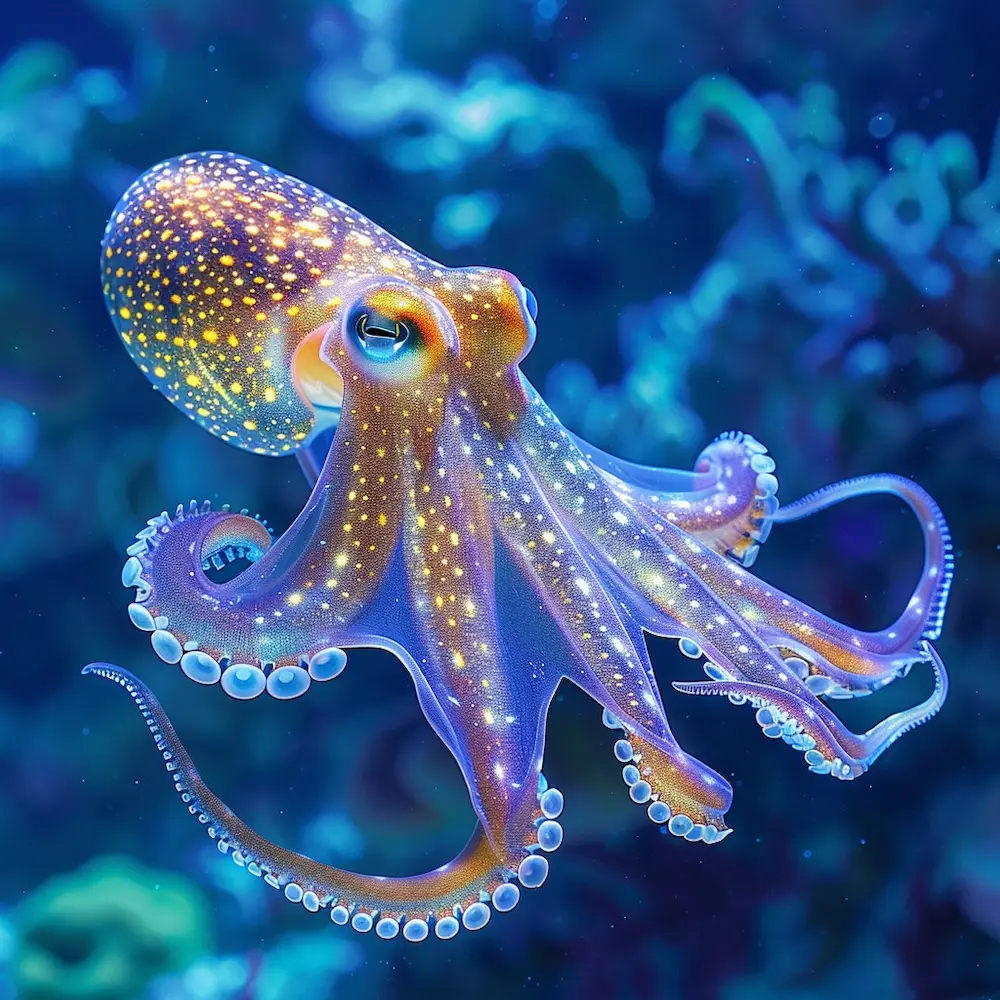
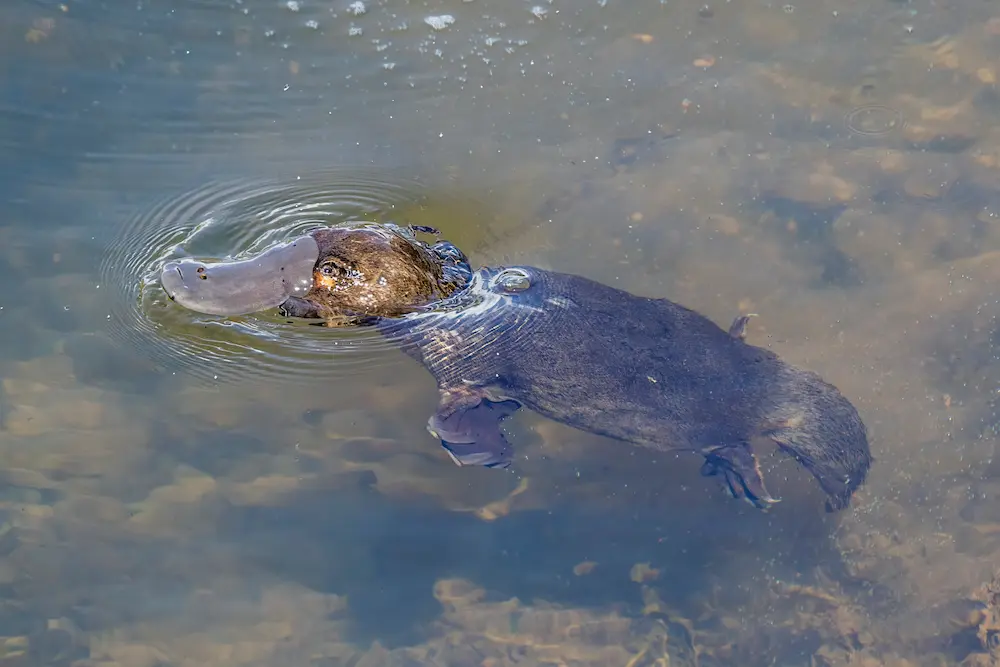
Understanding Cell Biology
1. What is the basic unit of life?
Answer: The Cell
The cell is the fundamental building block of all living organisms, responsible for carrying out essential life processes.
2. What organelle is known as the powerhouse of the cell?
Answer: Mitochondria
Mitochondria generate the cell’s energy by converting nutrients into adenosine triphosphate (ATP).
3. What is the primary function of the cell membrane?
Answer: To control the movement of substances in and out of the cell
The cell membrane regulates the exchange of materials, maintaining the internal environment of the cell.
4. What is the jelly-like fluid inside the cell called?
Answer: Cytoplasm
The cytoplasm is the gel-like substance that fills the cell, supporting the organelles and facilitating cellular processes.
5. What is the role of ribosomes in a cell?
Answer: To synthesize proteins
Ribosomes are responsible for translating genetic information into proteins, which are essential for cellular functions.
Exploring Genetics
6. What is the molecule that carries genetic information in cells?
Answer: DNA (Deoxyribonucleic Acid)
DNA contains the genetic instructions for the development and functioning of living organisms.
7. Who is known as the father of genetics?
Answer: Gregor Mendel
Gregor Mendel’s work with pea plants established the basic principles of heredity.
8. What term describes an organism’s genetic makeup?
Answer: Genotype
The genotype refers to the genetic constitution of an organism, encompassing all its alleles.
9. What is the term for a genetic trait that is masked by a dominant trait?
Answer: Recessive
Recessive traits are only expressed when two copies of the recessive allele are present.
10. What is the process by which DNA is copied to make a new DNA molecule?
Answer: DNA Replication
DNA replication is essential for cell division, ensuring that each new cell receives an identical copy of the DNA.
Human Anatomy and Physiology
11. What is the largest organ in the human body?
Answer: The Skin
The skin is the body’s largest organ and acts as a protective barrier against the environment.
12. Which system in the human body is responsible for transporting nutrients, gases, and waste products?
Answer: The Circulatory System
The circulatory system includes the heart, blood vessels, and blood, and is crucial for maintaining homeostasis.
13. What is the primary function of red blood cells?
Answer: To transport oxygen from the lungs to the tissues and carbon dioxide from the tissues back to the lungs
Red blood cells carry oxygen and carbon dioxide through the bloodstream.
14. What is the role of the skeletal system?
Answer: To provide support and protection for the body and its organs
The skeletal system forms the body’s framework and protects vital organs.
15. What type of joint allows for a wide range of movement, such as in the shoulder and hip?
Answer: Ball-and-Socket Joint
Ball-and-socket joints permit rotational movement and a wide range of motion.
Plant Biology
16. What process do plants use to convert sunlight into energy?
Answer: Photosynthesis
Photosynthesis allows plants to produce glucose and oxygen from sunlight, water, and carbon dioxide.
17. What is the primary pigment involved in photosynthesis?
Answer: Chlorophyll
Chlorophyll absorbs light energy, enabling plants to perform photosynthesis.
18. What part of the plant is responsible for absorbing water and nutrients from the soil?
Answer: The Roots
Roots anchor the plant and absorb essential water and nutrients from the soil.
19. What is the purpose of plant flowers?
Answer: To facilitate reproduction
Flowers are involved in the reproductive process of plants, attracting pollinators and producing seeds.
20. What is the function of xylem in plants?
Answer: To transport water and minerals from the roots to the rest of the plant
Xylem vessels carry essential nutrients and water throughout the plant.
Ecology and Environmental Biology
21. What term describes a community of living organisms interacting with their environment?
Answer: An Ecosystem
An ecosystem includes all living organisms and their physical environment interacting as a system.
22. What is the role of decomposers in an ecosystem?
Answer: To break down dead organic matter and recycle nutrients
Decomposers, such as bacteria and fungi, decompose dead organisms, returning nutrients to the environment.
23. What is biodiversity?
Answer: The variety of different species within a particular habitat or ecosystem
Biodiversity refers to the range of different species and their genetic variation within an ecosystem.
24. What is an example of a keystone species?
Answer: Sea Otter
A keystone species has a disproportionately large effect on its environment relative to its abundance.
25. What is the process by which ecosystems recover from disturbances?
Answer: Ecological Succession
Ecological succession is the gradual process by which ecosystems rebuild and develop after disruptions.
Evolution and Natural Selection
26. Who is known for the theory of evolution by natural selection?
Answer: Charles Darwin
Charles Darwin proposed the theory of evolution by natural selection, explaining how species adapt over time.
27. What is the process by which organisms become better adapted to their environment over time?
Answer: Evolution
Evolution involves changes in species traits through natural selection and adaptation to the environment.
28. What term describes the physical and behavioral traits that increase an organism’s chances of survival and reproduction?
Answer: Adaptations
Adaptations are characteristics that enhance an organism’s ability to survive and reproduce in its environment.
29. What is the term for a group of individuals of the same species living in the same area?
Answer: Population
A population consists of all individuals of a particular species within a specific geographic area.
30. What is a vestigial structure?
Answer: A body part that has lost its original function through evolution
Vestigial structures are remnants of organs or body parts that have reduced or no functional significance.
Microbiology and Immunology
31. What is the study of microorganisms called?
Answer: Microbiology
Microbiology focuses on the study of microscopic organisms, including bacteria, viruses, and fungi.
32. What part of the immune system produces antibodies?
Answer: The B Cells
B cells produce antibodies that help identify and neutralize pathogens.
33. What is the term for the process by which bacteria transfer genetic material to each other?
Answer: Conjugation
Conjugation allows bacteria to exchange genetic material, contributing to genetic diversity.
34. What is a pathogen?
Answer: An organism that causes disease
Pathogens include bacteria, viruses, fungi, and protozoa that can cause illness in hosts.
35. What is the role of white blood cells?
Answer: To fight infections and foreign invaders
White blood cells are crucial components of the immune system, defending against pathogens and infections.
Evolutionary Biology
36. What is the primary mechanism driving evolution according to Darwinian theory?
Answer: Natural Selection
Natural selection is the process by which organisms with advantageous traits are more likely to survive and reproduce.
37. What is genetic drift?
Answer: The change in allele frequencies in a population due to random sampling
Genetic drift can lead to significant changes in allele frequencies over time, especially in small populations.
38. What is the term for a trait that improves an organism’s ability to survive and reproduce?
Answer: Adaptation
Adaptations are traits that enhance an organism’s fitness in its environment.
39. What is the term for the evolutionary process where two related species become more dissimilar over time?
Answer: Divergent Evolution
Divergent evolution occurs when two species with a common ancestor evolve different traits to adapt to diverse environments.
40. What is the term for the evolutionary process where unrelated species develop similar traits due to similar environments?
Answer: Convergent Evolution
Convergent evolution happens when different species develop similar traits to adapt to similar environmental challenges.
Animal Biology
41. What is the term for an animal that regulates its body temperature internally?
Answer: Endotherm
Endotherms, or warm-blooded animals, maintain a constant internal temperature through metabolic processes.
42. What is the primary function of the animal circulatory system?
Answer: To transport nutrients, gases, hormones, and waste products throughout the body
The circulatory system ensures that essential substances are delivered to cells and waste products are removed.
43. What term describes animals that feed on other animals?
Answer: Carnivores
Carnivores are organisms that primarily consume other animals for nutrition.
44. What is the term for animals that can live both in water and on land?
Answer: Amphibians
Amphibians, such as frogs and salamanders, can thrive in aquatic and terrestrial environments.
45. What is the role of the nervous system in animals?
Answer: To transmit signals between the brain, spinal cord, and the rest of the body
The nervous system controls and coordinates body functions by transmitting electrical signals.
Human Genetics
46. What is the term for a genetic condition that results from the presence of an extra chromosome 21?
Answer: Down Syndrome
Down syndrome is a genetic disorder caused by an extra copy of chromosome 21.
47. What is the term for the process by which an organism’s genetic material is altered through techniques such as gene editing?
Answer: Genetic Engineering
Genetic engineering involves modifying an organism’s DNA to achieve desired traits or characteristics.
48. What is the term for the study of inheritance and the variation of traits in living organisms?
Answer: Genetics
Genetics explores how traits are passed from one generation to the next through genes.
49. What is the term for a gene that has two different alleles?
Answer: Heterozygous
An organism is heterozygous for a gene if it has two different alleles for that gene.
50. What is the term for a gene that has two identical alleles?
Answer: Homozygous
An organism is homozygous for a gene if it has two identical alleles for that gene.
Developmental Biology
51. What is the process by which a single fertilized egg develops into a complete organism?
Answer: Embryogenesis
Embryogenesis is the process of development from a single cell to a fully formed organism.
52. What is the term for the transformation of an embryo into a more complex structure with specialized tissues and organs?
Answer: Morphogenesis
Morphogenesis involves the development of structure and form in an organism.
53. What is the term for the development of different types of cells and tissues from a single embryonic stem cell?
Answer: Differentiation
Differentiation is the process by which stem cells develop into specialized cell types.
54. What is the term for the formation of blood cells?
Answer: Hematopoiesis
Hematopoiesis is the process by which blood cells are formed in the bone marrow.
55. What is the role of the placenta during pregnancy?
Answer: To provide nutrients and oxygen to the developing fetus and remove waste products
The placenta facilitates the exchange of substances between the mother and the fetus.
Microbial Biology
56. What is the term for bacteria that thrive in extreme environments, such as hot springs or deep-sea vents?
Answer: Extremophiles
Extremophiles are microorganisms adapted to survive in extreme conditions.
57. What is the term for the study of fungi?
Answer: Mycology
Mycology focuses on the biology of fungi, including their structure, function, and classification.
58. What is the term for the process by which viruses replicate inside host cells?
Answer: Viral Replication
Viral replication involves the virus hijacking the host cell’s machinery to produce new virus particles.
59. What is the term for the use of microorganisms to break down pollutants in the environment?
Answer: Bioremediation
Bioremediation uses microorganisms to degrade or detoxify environmental contaminants.
60. What is the role of the microbiome in human health?
Answer: To influence digestion, immunity, and overall health
The microbiome consists of microorganisms living in and on the human body, affecting various physiological functions.
Ecology and Environmental Science
61. What is the term for the study of interactions between organisms and their environment?
Answer: Ecology
Ecology examines how organisms interact with each other and their surroundings.
62. What is the term for a species that plays a critical role in maintaining the structure of an ecosystem?
Answer: Keystone Species
Keystone species have a significant impact on their ecosystem’s structure and function.
63. What is the term for a group of ecosystems with similar climates and dominant communities?
Answer: Biome
Biomes are large ecological areas with similar climate and organisms, such as forests or deserts.
64. What is the term for the gradual process of change in species composition in an ecosystem over time?
Answer: Ecological Succession
Ecological succession is the process of species replacement in an ecosystem following a disturbance.
65. What is the term for the maximum number of individuals an environment can support without degrading?
Answer: Carrying Capacity
Carrying capacity is the maximum population size that an environment can sustain.
Evolutionary Biology
66. What is the term for the process by which new species arise from existing species?
Answer: Speciation
Speciation is the formation of new species through evolutionary processes.
67. What is the term for structures in different species that have similar functions but different evolutionary origins?
Answer: Analogous Structures
Analogous structures perform similar functions but evolved independently in different species.
68. What is the term for the evolutionary process where closely related species evolve different traits to adapt to different environments?
Answer: Divergent Evolution
Divergent evolution occurs when related species evolve different traits due to adapting to various environments.
69. What is the term for the study of the evolutionary relationships among species?
Answer: Phylogenetics
Phylogenetics analyzes the evolutionary connections between species and their common ancestors.
70. What is the term for the evolutionary process where unrelated species evolve similar traits due to similar selective pressures?
Answer: Convergent Evolution
Convergent evolution is when unrelated species develop similar traits due to facing similar environmental challenges.
Animal Biology
71. What is the term for an animal that can regulate its body temperature through external sources?
Answer: Ectotherm
Ectotherms, or cold-blooded animals, depend on external environmental sources to regulate their body temperature.
72. What is the primary function of the respiratory system in animals?
Answer: To facilitate the exchange of gases (oxygen and carbon dioxide) between the body and the environment
The respiratory system enables breathing and gas exchange essential for cellular respiration.
73. What is the term for the process by which animals obtain energy from food?
Answer: Digestion
Digestion is the breakdown of food into nutrients that can be absorbed and utilized by the body.
74. What is the term for animals that have a backbone?
Answer: Vertebrates
Vertebrates are animals with an internal skeleton made of bone or cartilage and a backbone.
75. What is the role of the lymphatic system in animals?
Answer: To transport lymph and support the immune system
The lymphatic system helps in fluid balance and immune responses by transporting lymph throughout the body.
Human Genetics
76. What is the term for the study of genes and their roles in inheritance?
Answer: Genetics
Genetics explores how traits and characteristics are passed from parents to offspring through genes.
77. What is a genetic mutation?
Answer: A change in the DNA sequence that can lead to variations in traits
Mutations can result in different traits or disorders depending on the nature of the change in the DNA.
78. What is a genetic disorder?
Answer: A disease caused by abnormalities in an individual’s DNA
Genetic disorders result from mutations or changes in specific genes or chromosomes.
79. What is the purpose of genetic counseling?
Answer: To provide information and support regarding genetic conditions and inheritance patterns
Genetic counseling helps individuals understand their risk of genetic disorders and make informed decisions.
80. What is the term for an organism’s observable traits or characteristics?
Answer: Phenotype
The phenotype is the physical expression of an organism’s genotype, including traits such as eye color or height.
Developmental Biology
81. What is the term for the process by which cells become specialized in structure and function?
Answer: Differentiation
Differentiation is the process by which cells develop into distinct types with specific functions.
82. What is the term for the early stage of embryonic development when the zygote divides to form a ball of cells?
Answer: Blastocyst
The blastocyst is an early developmental stage that implants into the uterine wall.
83. What is the role of stem cells in development?
Answer: To differentiate into various cell types and contribute to growth and repair
Stem cells have the potential to develop into different types of cells, aiding in development and healing.
84. What is the term for the programmed cell death that occurs during development?
Answer: Apoptosis
Apoptosis is a controlled process of cell death that helps shape tissues and eliminate unwanted cells.
85. What is the term for the process by which the body forms new blood vessels?
Answer: Angiogenesis
Angiogenesis is the formation of new blood vessels from existing ones, crucial for development and healing.
Microbial Biology
86. What is the term for microorganisms that live in the human body and contribute to health?
Answer: Microbiota
Microbiota refers to the diverse community of microorganisms living in and on the human body, playing roles in digestion and immunity.
87. What is the process by which bacteria exchange genetic material through direct contact?
Answer: Conjugation
Conjugation involves the transfer of genetic material between bacterial cells through a physical connection.
88. What is the term for a disease caused by an overgrowth of yeast or fungi in the body?
Answer: Candidiasis
Candidiasis is an infection caused by the overgrowth of Candida yeast, often affecting mucosal surfaces.
89. What is the term for the ability of bacteria to resist the effects of antibiotics?
Answer: Antibiotic Resistance
Antibiotic resistance occurs when bacteria evolve mechanisms to evade the effects of antimicrobial drugs.
90. What is the term for a virus that infects bacteria?
Answer: Bacteriophage
Bacteriophages are viruses that specifically target and infect bacterial cells.
Evolutionary Biology
91. What is the term for the process by which organisms develop new traits to adapt to their environment?
Answer: Adaptation
Adaptation involves changes in an organism’s traits that enhance its survival and reproduction in a specific environment.
92. What is the term for the study of the evolutionary history of species?
Answer: Phylogeny
Phylogeny explores the evolutionary relationships and history of species through their common ancestors.
93. What is the term for the gradual change in species traits over time due to environmental pressures?
Answer: Evolution
Evolution is the process by which species adapt and change over generations in response to environmental factors.
94. What is the term for the evolutionary process where species with similar traits evolve in response to similar environmental challenges?
Answer: Convergent Evolution
Convergent evolution occurs when unrelated species develop similar traits due to similar environmental pressures.
95. What is the term for the phenomenon where new species arise from a common ancestor?
Answer: Speciation
Speciation is the formation of new species from a common ancestral lineage through evolutionary processes.
Animal Biology
96. What is the term for animals with a segmented body plan, such as earthworms and insects?
Answer: Segmented Animals
Segmented animals have bodies divided into repeating segments, allowing for specialized functions.
97. What is the term for the specialized feeding structure in certain animals, such as birds and insects?
Answer: Beak or Proboscis
Beaks and proboscises are specialized feeding structures adapted to specific dietary needs.
98. What is the term for animals that have bilateral symmetry, meaning their bodies are symmetrical along a central axis?
Answer: Bilateral Symmetry
Animals with bilateral symmetry have body plans that are mirror images along a central axis, allowing for directional movement.
99. What is the term for the process by which animals adjust their internal environment to maintain stability?
Answer: Homeostasis
Homeostasis is the ability of organisms to regulate internal conditions to maintain a stable and balanced state.
100. What is the term for the study of animal behavior in natural environments?
Answer: Ethology
Ethology focuses on understanding animal behavior and its evolutionary significance in natural settings.
Reference
- All About Biology Quiz | Britannica – Test your knowledge of biology with a variety of questions.
- 50 Biology Quiz Questions and Answers | Kwizzbit – A collection of 50 biology questions covering various topics in the field.
- GCSE Biology Revision Quiz Based on Past Papers | BBC Bitesize – A quick-fire quiz with 10 biology questions suitable for GCSE students.
- 180+ Best Biology Trivia Questions & Answers | TriviaNerd – A comprehensive list of biology trivia questions ranging from easy to hard.
- Science Trivia Questions | Great Wolf Lodge – A fun collection of science trivia questions, including biology-related ones.
